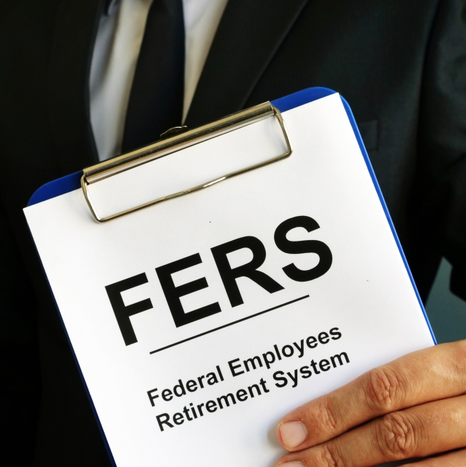More Investors under FERS Maxing Out Gov Match

The Thrift Savings Plan (TSP) reports that the number of FERS investors getting the full government match has increased from 79.3 percent to 85.4 percent in the two years since it increased the default investment amount for newly hired federal employees. This change occurred after the TSP raised the default investment amount for newly hired federal employees.
Before that adjustment, the newly recruited workers automatically invested three percent of their salaries, qualifying for the dollar-for-dollar agency match up to that amount. Since then, the default investment has been set at 5 percent, which considers the matching rate of 50 cents on the dollar for percentages 4 and 5. Until then, the percentage of FERS investors who could obtain the maximum had been constant for several years at roughly 79 percent.
Because their essential civil service retirement benefit plus Social Security is less than the primary benefit for CSRS employees, who get no matching agency contributions, it is considered necessary for FERS employees to capture the maximum amount of matching contributions. CSRS employees do not receive any matching agency contributions.
Employees can adjust their investment amount at any time, but, in reality, most workers do not alter the amount set as the default. The same holds for the default designation, which places the individual’s money in the lifetime fund that is most suitable for their age, with the expectation that they will start withdrawing when they reach the age of 62.
In addition, the information given at the TSP board meeting in November revealed that out of the 2,733,000 FERS participants who are actively employed, including those working for the Postal Service, 138,000 are not directly investing. They only get the mandatory one percent of their pay that the agency contributes to its retirement fund for all FERS workers.
The information also revealed that for the first time in October, more than a third, 34 percent, of investors had their entire portfolios invested in one or more of the L funds. At least some of their money is supported in at least one of those funds by 50 percent of investors, with the 2050 fund having the most investors participating in it and the 2030 fund has the most assets.
These data account for all participants, including members of the armed forces and former service members who have left the military or the federal government but have maintained their accounts.
Contact Information:
Email: [email protected]
Phone: 9568933225
Bio:
Rick Viader is a Federal Retirement Consultant that uses proven strategies to help federal employees achieve their financial goals and make sure they receive all the benefits they worked so hard to achieve.
In helping federal employees, Rick has seen the need to offer retirement plan coaching where Human Resources departments either could not or were not able to assist. For almost 14 years, Rick has specialized in using federal government benefits and retirement systems to maximize retirement incomes.
His goals are to guide federal employees to achieve their financial goals while maximizing their retirement incomes.
Popular posts

FEHB Premium Hikes Have...
Key Takeaways FEHB premiums...

CSRS Retirement Plans Are...
Key Takeaways CSRS remains...
Free Retirement Benefits Analysis
Federal Retirement benefits are complex. Not having all of the right answers can cost you thousands of dollars a year in lost retirement income. Don’t risk going it alone. Request your complimentary benefit analysis today. Get more from your benefits.
I want more



